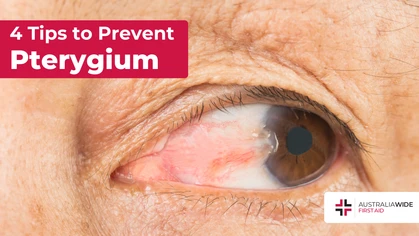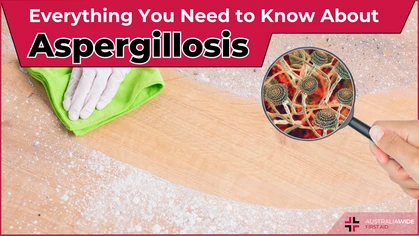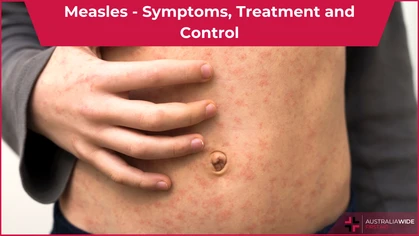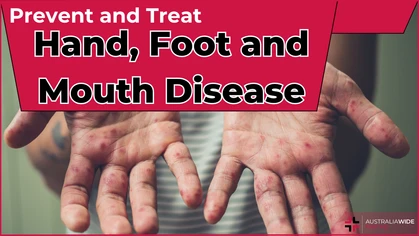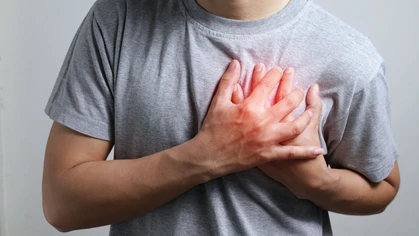Fast Action: How to Give First Aid for Heart Attacks

Disease

Knowing how to give first aid for heart attacks is vitally important. In this article, we will cover recognising the symptoms of a heart attack, immediate first aid for a heart attack, prevention of heart attacks for long-term health, and the benefits of taking a first aid course to prepare for heart attacks. Together, this information will help ensure you are prepared to give the best care possible in the event of a heart attack.
Heart attacks can be life-threatening emergencies that affect millions of people each year. For those who experience a heart attack, immediate first aid can be the difference between life and death. To ensure that you are prepared to act quickly in the event of a heart attack, this article will provide an overview of the steps to take for providing first aid for heart attacks, discuss the importance of prevention for long-term health, and explain the benefits of taking a first aid course to prepare for a potential heart attack. Through understanding the signs and symptoms of a heart attack, as well as the immediate first aid steps to take, you can be better prepared to provide lifesaving care in the event of a heart attack.Recognising the Symptoms of a Heart Attack
Recognising the symptoms of a heart attack is key to providing effective first aid. The most common symptom is a crushing chest pain that radiates to the jaw, left arm, and back. This pain may be accompanied by nausea, sweating, and dizziness. Other signs to look for include shortness of breath, difficulty breathing, and an irregular heartbeat. In some cases, the person may experience no chest pain whatsoever, but may instead have a feeling of pressure or fullness in the chest. In addition to the physical symptoms, other signs may indicate a heart attack. These can include feelings of anxiety or dread, sudden fatigue, and a cold sweat. If the person is conscious, they may also report chest pain or discomfort. It is important to remember that while these symptoms may indicate a heart attack, they could also be due to a number of other medical conditions. If you suspect that someone is having a heart attack, it is essential to call emergency medical services right away. Early recognition and quick action can be the difference between life and death.Immediate First Aid for a Heart Attack
It is important to act quickly and provide immediate first aid to someone suffering from a heart attack. The following steps should be taken in line with the DRSABCD action plan:- Call Triple Zero (000) for an ambulance.
- Ask the person to sit down and rest, if possible.
- If the person is conscious, ask them to chew an aspirin, if possible.
- If the person is not conscious and breathing abnormally, start CPR immediately.
- If an Automatic External Defibrillator (AED) is available, use it as soon as possible.
- Administer oxygen, if available.
- Monitor the person’s vital signs and provide any other comfort measures such as keeping the person warm and calm.
Prevention of Heart Attacks for Long-term Health
Preventing heart attacks is the best way to ensure long-term health. There are several steps that individuals can take to reduce their risk of having a heart attack. The first step is to maintain a healthy lifestyle. Eating a balanced diet with plenty of fruits and vegetables, limiting saturated fat and cholesterol intake, and exercising regularly can help reduce the risk of developing a heart attack. It is also important to maintain a healthy weight and keep blood pressure and cholesterol levels in check. Another preventative measure individuals can take is to quit smoking and limit alcohol consumption. Smoking increases the risk of coronary heart disease and can lead to other serious health problems. Limiting alcohol consumption can also help lower the risk of developing a heart attack. Finally, individuals should be aware of their family history and be sure to follow recommended screenings for heart disease. Knowing one’s family history can help individuals determine their risk for heart attack and take preventative measures accordingly. Following recommended screenings can help detect any potential heart issues early on and provide treatment if necessary. By following these preventative steps, individuals can ensure that they are doing their best to reduce their risk of having a heart attack and maintain long-term health.The Benefits of Taking a First Aid Course to Prepare for Heart Attacks
Taking a first aid course is an important step in preparing for heart attacks. Not only will it provide you with the basic knowledge needed to recognise the signs and symptoms of a heart attack, but it will also give you the skills to take fast action in responding to a cardiac emergency. Australia Wide First Aid provides the HLTAID011 Provide First Aid course which covers the basics of providing first aid for heart attacks. It covers how to recognise the signs and symptoms of a heart attack, how to perform CPR and how to use an automated external defibrillator (AED). Participants of the course will also learn the importance of calling for help in an emergency, as well as how to provide comfort and reassurance to a person in distress. Having a first aid certificate can be a great asset in providing life-saving assistance to someone experiencing a heart attack. Knowing how to act quickly and confidently in a cardiac emergency can mean the difference between life and death. With Australia Wide First Aid’s HLTAID011 Provide First Aid course, you can gain the skills and knowledge you need to respond to a heart attack with confidence and speed.
Originally published at
https://www.australiawidefirstaid.com.au/resources/instant-help-treating-heart-attacks
as part of the Australia Wide First Aid Articles Library
